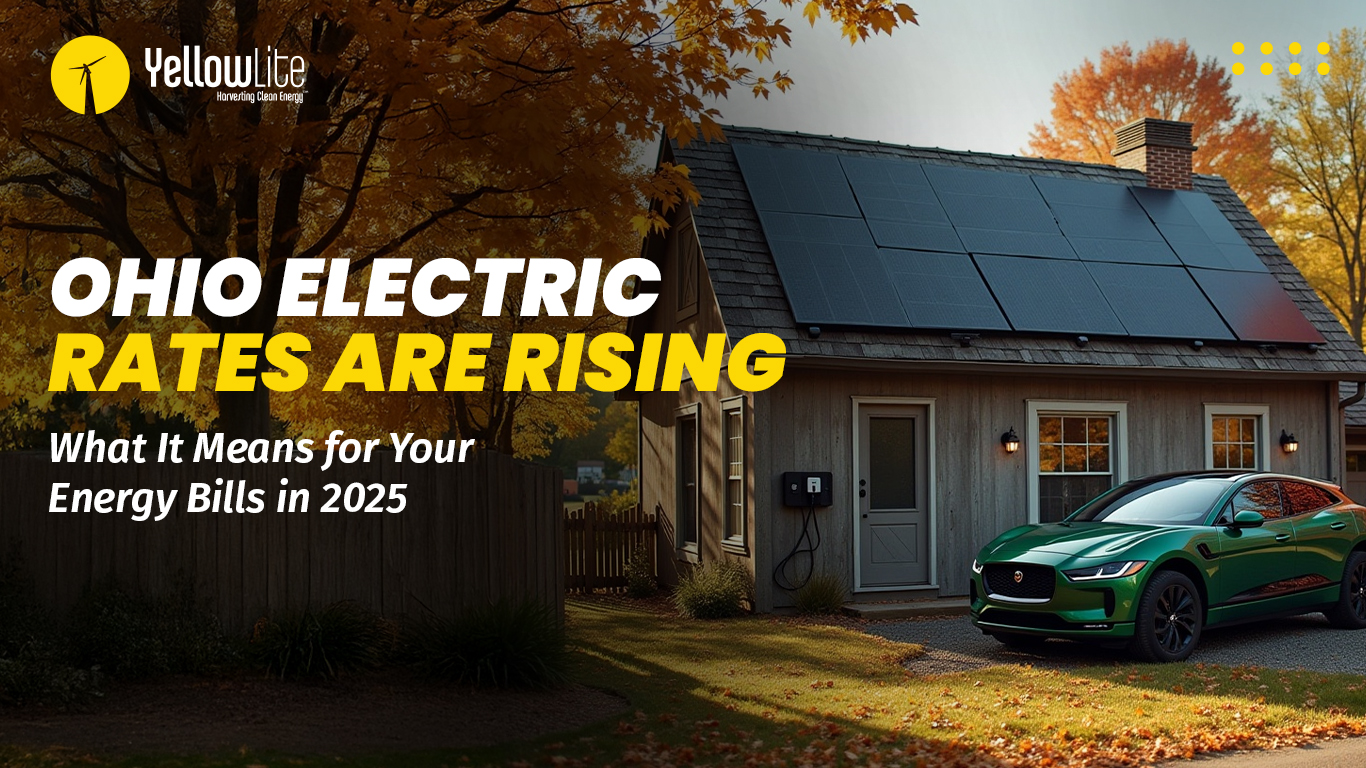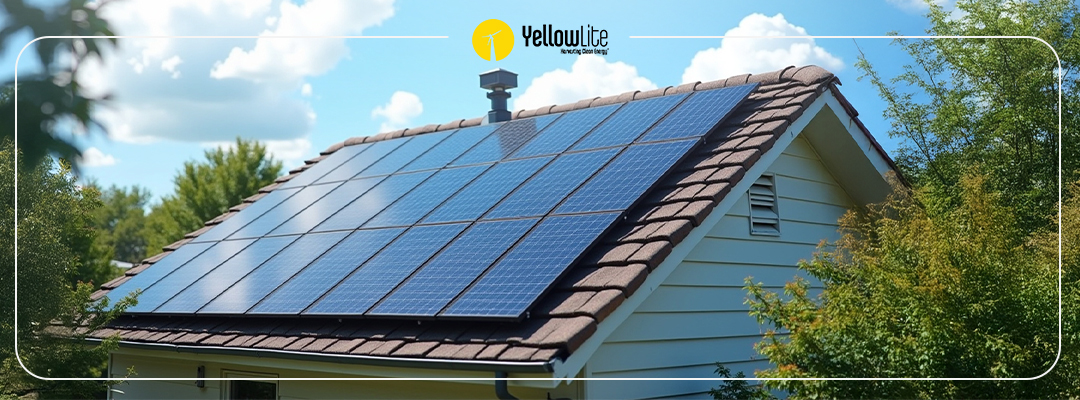Installations of small scale solar PV systems have grown at a fast pace in the last decade, or more. These 5 kW to 10 kW rated systems cover almost all of the residential needs and and the needs of some small businesses. Wide popularity drives habits in how such systems are viewed, promoted, and sold that can mislead buyers too often. Prime among these customs is the convention of resolving project costs with the capacity rating of the proposed system.
System owners are too easily confused when trying to relate these “rated” values to anticipated or actual results. These values are always referenced to either Standard Test Conditions (STC) or PVUSA Test Condition (PTC). By far, STC values are most commonly reported because conducting the tests are somewhat simpler, and because it follows a long held engineering practice. A supplier needs only to make sure the same standards are used when comparing values. But the buyer should understand the challenges in predicting future results. We start a series of posts by looking at what goes into ratings and what impacts the prediction accuracy.
The Ratings
You should know the basic differences between the rating systems so that you can appreciate the way the measurements vary.
STC – STC in an acronym for Factory “Standard Test Conditions,” which uses 1,000 watts per square meter solar irradiance, 25 degrees C cell temperature, air mass equal to 1.5, and ASTM G173-03 standard spectrum.
PTC - PTC refers to PVUSA Test Conditions, which were developed to test and compare PV systems as part of the PVUSA (Photovoltaics for Utility Scale Applications) project. PTC are 1,000 Watts per square meter solar irradiance, 20 degrees C air temperature, and wind speed of 1 meter per second at 10 meters above ground level.
The PTC rating, which is lower than the STC rating, is generally recognized as a more realistic measure of PV output because the test conditions better reflect "real-world" solar and climatic conditions, compared to the STC rating. All ratings are DC (direct current) watts. Even though PTC is more realistic, it still does not easily translate to a true output.
No Matter the Ratings, Results Still Vary
There is still some art as well as a ton of science involved in estimating or predicting output. Any 5.0 kW system will produce a unique amount of power in time depending on a lot of factors. So, while ratings are important to know, they do not tell the entire story.
Weather
Weather is the obvious variable that will impact how much any solar energy system produces. You can only produce as long as there is sun. And even though partial sunshine still allows for some electricity generation, the stronger the sunshine the more you can produce. Cloud cover matters, and the degree and duration of cover matters. But it is impossible to predict exactly. That is why most effective estimates include data for a given location across a long period of time. The often used PVWatts database from the U.S. Department of Energy (DOE) has up to 30 years of data for most every location in the country.
Location
Every test condition assumes direct exposure to light energy. But in the real world environmental realities prevent direct exposure to a different degree regularly, daily, or even within the hour. Some of the more important environmental conditions follow:
Global Position – By far the dominant positional factor is the latitude of your site, or its distance north or south of the equator. As you travel farther away from the equator you will see greater differences in the seasons. Shorter winters limit production the most. But even a Cleveland summer offers a little less exposure than a Mexican summer, for example. However, this impact is easy to calculate accurately.
Shading – Shading doesn’t necessarily stop all electricity generation. But it certainly increases the variation. Shading due to terrain, including trees or topography such as hills or mountains is somewhat predictable. Shading due to cloud cover is highly variable and much less predictable.
Facing the sun – how a system is mounted will determine how directly it faces the sun, on average. Ideally, you want all the panels to be perfectly facing the sun during the daily peak. Latitude becomes a factor again here, as the sun’s position in the sky varies with the seasons. So a summer optimum will not be a winter optimum. Roof mounted systems can further compound this as the orientation of the roof and its angle or pitch will change this optimum relationship between the panels and the sun. Even ground mounted systems usually require some compromises. These factors like global position, are easy to calculate with fair precision.
Temperature
The nature of the solar PV system materials is such that increasing temperature decrease the photovoltaic effect for a given amount of material. It is predictable for every degree Celsius rise in measured temperature.
Soiling
A smaller factor, dirt and dust or even films can have an effect on the output. You have probably looked through dirty windows before. A room will still be warmed, but not all the light gets through.
Age
Huge technological advancements have been made in the lifetime stability and efficiency of solar PV materials. Older systems may experience more degrading. Look no further than your warranty specifics to find the manufacturers confidence level.
Every 5.0 kW Installation is Different
Clearly an identical system installed in Mexico would perform differently than one in Cleveland in ways easily calculated as described above. Beyond location, orientation, and age, there are other minor factors that are usually ignored when estimating or predicting the output of a proposed system. Real results can vary for for these reasons, and more. Look for subsequent posts about these factors, including panel characteristics beyond standard testing and further environmental conditions. While we've addressed the more predominant, or major ways that results may vary, we haven't covered all of it.
The important lesson is that we at YellowLite encourage our customers to not put too much emphasis on ratings and be more attuned to estimates and in particular what most impacts real results. Weather can be dominant, especially in non-arid climates.
Stay tuned to this series where we will explain more on how other system components effect your results as well as offer example cases.
Interested in learning more about YellowLite’s renewable energy solutions? Reach out to us today to learn more.



